Physical Address
304 North Cardinal St.
Dorchester Center, MA 02124
Venomous invertebrate and vertebrate animals are to be found anywhere in the world but are especially common in the tropics and subtropics, where they may be particularly hazardous. The following figures illustrate a few examples, including marine and terrestrial invertebrates and vertebrates. Although bites and stings are usually individual hazards and recognition depends upon understanding of the local epidemiology, the problem can take on public health significance, as can envenomation by the consumption of poisonous invertebrates or other animals.
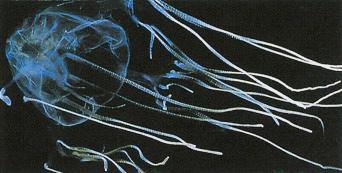
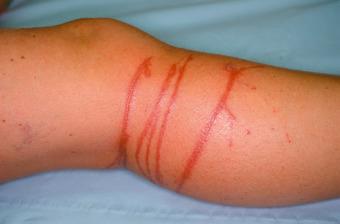
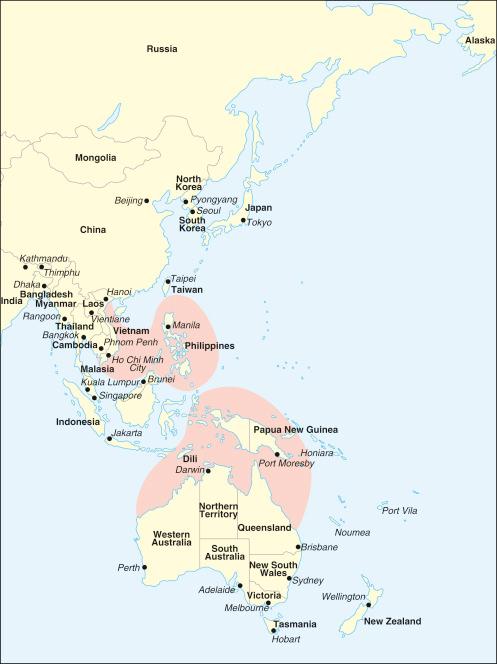
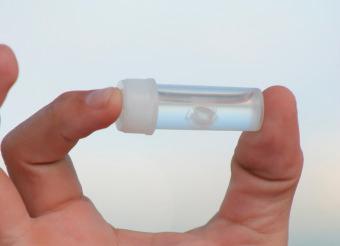
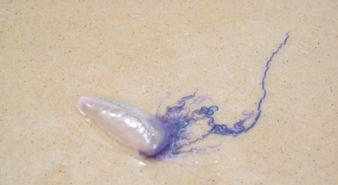
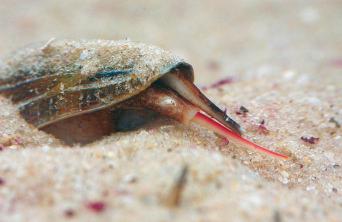
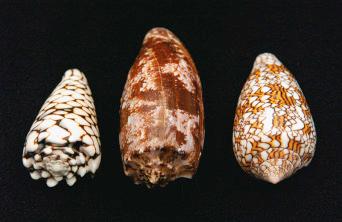
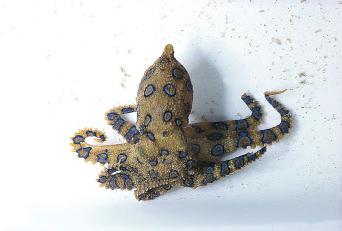
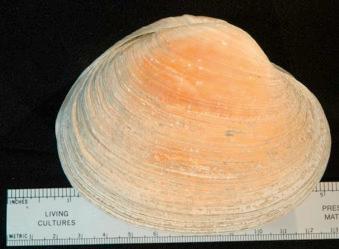
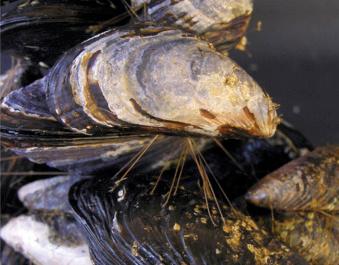
Three toxic ingestion syndromes associated with fish consumption are well recognized: ciguatera poisoning, puffer fish poisoning and scombroid.
In some tropical regions the consumption of reef fish, notably barracuda, grouper, snapper or moray eel, is associated with the risk of ciguatera poisoning. The single-celled dinoflagellate Gambierdiscus toxicus lives on coral reefs and synthesizes ciguatoxin. This is non-toxic to the small fish that feed on it or the predatory fish higher up the food chain that consume the herbivorous fish, but causes significant morbidity in humans. Within 6–12 hours of ingestion nausea, vomiting, abdominal pain and diarrhoea occur, followed by a constellation of neurological symptoms that may include perioral parasethesia, painful parasethesia of extremities or, classically, paradoxical temperature sensation reversal (cold feels hot and vice versa). Ciguatoxin is heat stable and so is not destroyed by cooking. Hotspots include the Caribbean and Polynesia (estimated lifetime prevalence of 70%), though undoubtedly the global distribution of fish catches will lead to unsuspected and probably unidentified sporadic cases in non-tropical regions.
Puffer fish poisoning, most commonly reported from Japan, is caused by tetrodotoxin (see also Fig. 6.8 blue ringed octopus above) and results from incorrect preparation of the delicacy; the toxin is particularly concentrated in the liver of the fish. Following the rapid development of tongue and lip numbness soon after eating, paraesthesia and weakness progressively spread to involve the limbs, culminating in marked autonomic disturbance and respiratory failure with death within 6 hours.
Scombroid toxin poisoning also results from incorrect fish preparation, in this instance from a failure to adequately refrigerate after catching. Contact with air allows the gut enterobacteriaceae of fish species with a high histidine content in muscle, such as mackerel, tuna and bluefish, to break down the dead muscle generating histamine, ingestion of which, in a bolus form, causes flushing, sweating, tachycardia and an urticaria-like rash. A characteristic clue is a peppery taste in the mouth during ingestion.
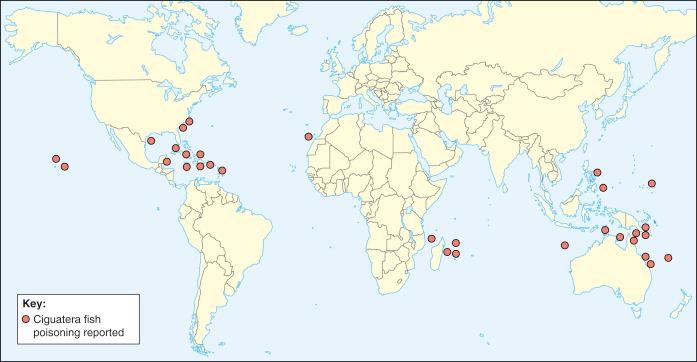
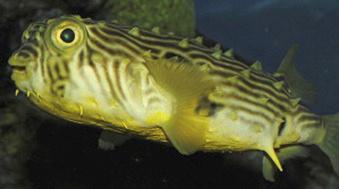
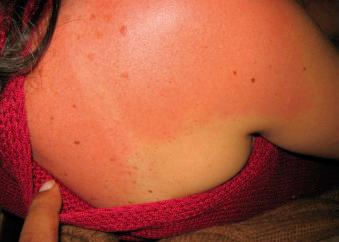
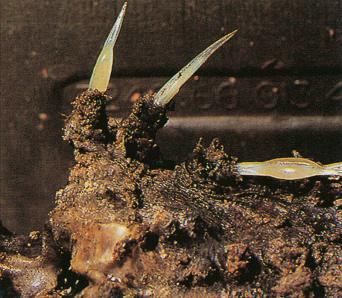
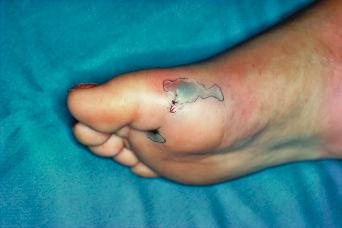
Become a Clinical Tree membership for Full access and enjoy Unlimited articles
If you are a member. Log in here